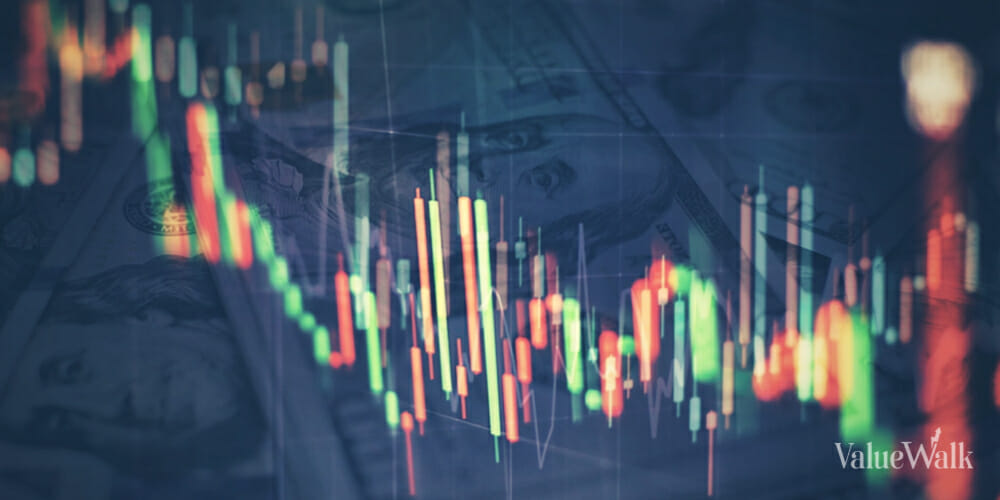Some folks might know him as a Buffalo Bills fan or as the famous founder of DoubleLine Capital. Others see him as the heir to the honorary “bond king” title, originally conferred upon the now-retired Bill Gross. However, like it or not, Jeffrey Gundlach is never afraid to say what’s on his mind.
At a time when the bond market is having an outsized impact on the stock market, Gundlach has plenty to say, especially in his X (formerly known as Twitter) feed. One particular post will undoubtedly make waves in the financial community. It’s a real barn burner replete with not just a recession “watch,” but a recession “warning” that might even transition into a recession “alert” (there are important differences, apparently).
Gundlach is certainly a key investor to watch, so his posted prognostication can’t merely be dismissed. Thus, investors are advised to “buckle up” (his words, not mine) and prepare for a divisive discussion as the DoubleLine founder doubles down on a recession call.
Bond markets gone wild
We can’t dissect Gundlach’s tweet without seeing it first, so without further ado, here’s the infamous posting:
Before we reach for our seat belts, let’s at least concede that the commonly cited 10-year and 2-year Treasury yield curve is, indeed, inverted. At last check, a 2-year Treasury note will pay its holder 5.075% interest per year, while a 10-year Treasury note is less enticing with its 4.899% annual yield.
It’s a bizarre, backward world we live in when we’re more incentivized to loan our money to the government for two years than for a full decade. However, these things are determined by bond-market expectations, and evidently, bond traders expect long-term interest rates to decline, possibly due to the Federal Reserve’s intervention and/or recessionary conditions.
The inversion diversion
However, if you look closely, you’ll notice that Gundlach’s concern isn’t the inversion or even the steepness thereof. Rather, he’s directing our attention to the “de-inverting” (typically it’s referred to as a “steepening,” although I’ve always found that to be a misleading term) of the yield curve.
Historically a yield-curve steepening is supposed to have preceded recessions. X denizen Game of Trades has a handy chart to drive this point home:
Moreover, the 2020 stock-market correction shouldn’t count, as it was due to a once-in-a-generation black-swan event (COVID-19) and not a function of any bond-market dislocations. In any case, with all due respect to Gundlach and Game of Trades, I certainly hope no one exits all of their equities positions now because the yield curve is “de-inverting very rapidly.”
Not one argument, but two
The second part of Gundlach’s tweet shifts abruptly from the first. After presenting the yield-curve “de-inversion” argument and then reminding us that a recession “warning” is more severe than a recession “watch” (thank goodness he’s here to clarify these all-important distinctions), Gundlach pivots to a separate argument thread that we’ll escalate to a recession “alert” (sounds ominous, doesn’t it?) if the “unemployment rate ticks up just a couple of tenths” (of a percentage point, presumably).
To be fair, this might not actually be a separate argument. Again, I’ll defer to Game of Trades, which observed in May that yield-curve steepenings have preceded unemployment-rate upticks, which in turn preceded recessions. The relevant chart is the second one in the following thread:
Once again, we’re faced with a very limited sample size and the COVID-19 black-swan anomaly and, therefore, a flimsy causative/predictive link between unemployment upturns, yield-curve steepenings and recessionary conditions.
At the end of the day, alarmist social-media posts are great for garnering attention, but equities investors needn’t cash out if the unemployment rate rises “just a couple of tenths.” In general, “if this happens, then that will happen” warnings (such as this one from RBC analysts) are rarely useful for long-term stock investors and can actually prompt needless panic selling.
In other words, it’s fine to keep tabs on bond-market dynamics, but don’t feel compelled to hide out in an all-cash position. Gundlach is absolutely worth watching, and his missives are worth a glance. However, your due diligence should always guide your investment decisions first and foremost.












